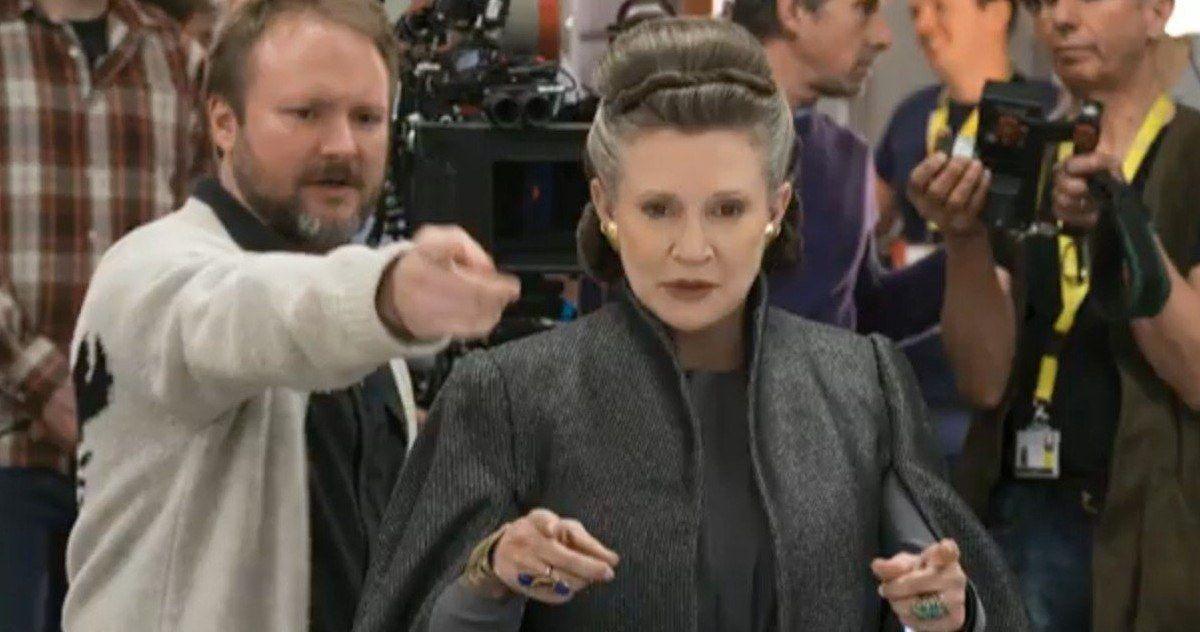In the ever-evolving landscape of modern cinema, the role of the director has increasingly become a focal point of both admiration and scrutiny. As auteurs and visionary storytellers, directors are often celebrated for their unique contributions to the art of filmmaking. However, this raises a compelling question: Are directors being granted too much creative control, potentially at the expense of collaborative storytelling? This article delves into the dynamics of creative authority in contemporary filmmaking, examining how the balance of power impacts the narrative, production, and overall success of films. By analyzing case studies and industry trends, we aim to uncover whether this concentration of creative influence enriches or undermines the cinematic experience.
Impact of Directorial Autonomy on Film Quality
Directorial autonomy has undeniably reshaped the landscape of modern filmmaking, often leading to a spectrum of outcomes in film quality. When directors wield significant creative control, they have the liberty to pursue their unique vision without the constraints of studio mandates. This can result in groundbreaking cinema, where the director’s distinct style and voice shine through, offering audiences fresh narratives and innovative storytelling techniques. Films like Christopher Nolan‘s “Inception“ or Guillermo del Toro’s “The Shape of Water” exemplify how directorial freedom can elevate a film to critical acclaim and commercial success.
- Innovative Storytelling: Directors can explore unconventional narratives and themes.
- Artistic Expression: Freedom to experiment with visual and auditory elements.
- Risk-Taking: Potential for unique, bold, and memorable films.
However, excessive autonomy can sometimes lead to pitfalls, where the absence of collaborative checks and balances results in films that are self-indulgent or inaccessible to wider audiences. This autonomy can lead to projects that, while artistically ambitious, may suffer from issues like bloated runtimes or convoluted plots. In such cases, the film might alienate viewers, as seen in certain auteur-driven projects that prioritize artistic vision over audience engagement. Ultimately, while directorial autonomy can be a double-edged sword, it remains a crucial component in the evolution and diversity of modern cinema.

Balancing Vision and Collaboration in Filmmaking
In the intricate dance of filmmaking, the director often stands as the visionary leader, guiding the narrative’s tone and style. However, this pivotal role can sometimes overshadow the collaborative essence of cinema. When directors wield too much creative control, it risks stifling the contributions of other creative minds. Cinematographers, editors, and writers bring unique perspectives that can elevate a film’s richness and depth. Allowing these voices to resonate ensures a more rounded and dynamic storytelling experience.
On the other hand, the director’s singular vision can be the driving force behind a film’s coherence and impact. Balancing this vision with collaboration requires an openness to dialogue and a willingness to adapt. Key considerations include:
- Fostering open communication: Encouraging feedback and discussion can lead to unexpected creative breakthroughs.
- Defining clear roles: Understanding each team member’s strengths and contributions helps maintain a productive balance.
- Valuing diverse perspectives: Embracing different viewpoints can enrich the narrative and appeal to a broader audience.
Ultimately, finding harmony between a director’s vision and collaborative input is essential for crafting films that are both compelling and resonant.

The Role of Producers and Studios in Creative Decisions
In the intricate tapestry of filmmaking, producers and studios wield significant influence over the creative process. While directors often receive the spotlight, it is the producers and studio executives who are instrumental in shaping the project’s vision. Their role extends beyond mere financiers; they are the gatekeepers of a film’s commercial viability and artistic integrity. They often balance the director’s creative aspirations with the project’s budget, target audience, and market trends.
- Financial Oversight: Producers ensure that the director’s vision aligns with the financial constraints and potential returns.
- Market Trends: Studios analyze current market dynamics to guide the film’s creative direction, ensuring it resonates with contemporary audiences.
- Talent Coordination: Producers often play a pivotal role in casting decisions and securing high-profile talent that can influence the film’s trajectory.
- Creative Mediation: Studios may mediate creative differences, ensuring a cohesive narrative that aligns with both the director’s vision and audience expectations.
While directors are indeed central to the creative process, the collaborative synergy between them and the producers/studios is crucial. This partnership can either empower a director’s vision or, conversely, impose necessary constraints to safeguard the film’s success.

Recommendations for Equitable Creative Control in Cinema
Balancing creative power in filmmaking can lead to richer, more diverse storytelling. Here are some recommendations to ensure equitable creative control:
- Collaborative Story Development: Encourage a collaborative environment where writers, directors, and producers work together from the inception of the project. This ensures diverse perspectives and shared vision.
- Inclusive Decision-Making: Establish a decision-making process that includes voices from different departments such as cinematography, art direction, and sound design. This promotes a holistic approach to creativity.
- Transparent Feedback Loops: Create a system for continuous feedback that values input from cast and crew, ensuring that the director’s vision aligns with the collective expertise and creativity of the entire team.
- Empowerment of Emerging Voices: Actively seek to include emerging filmmakers and underrepresented groups in key creative roles. This can introduce fresh ideas and innovative storytelling techniques.
By embracing these strategies, the film industry can foster a more inclusive creative process, leading to films that reflect a wider range of experiences and viewpoints.

